Podcast: Play in new window | Download

Bob Shenk (right) is a huge fan of Luscombes… this beautifully restored aircraft was among the airplanes I got to see when I visited Bob’s place a week ago… what a pleasure that visit was!
Donnie Simmons (left) is a good friend of Bob’s, and often spends his Fridays at Bob’s place, both helping with Bob’s projects, as well as some of his own.
In addition to airplanes, Bob also likes motorcycles…

He owned a Honda dealership years ago, and has some pretty cool two-wheeled machines… and can you guess what that airplane in the background is?
That is an Acroduster… one more fascinating airplane!
Another Luscombe, and an Aeronca Champ:


Here’s the runway, as viewed from the approach end:

I’d been wanting to visit Bob’s place for awhile, and one reason was to show Bob my borescope, and how it works.
He liked it, and I think he might buy one.
We didn’t see anything startling in Bob’s engines.
Donnie’s Piper Cub engine, however, was a different story…
The cub was over in another building, so we took the borescope over there to take a look.
Donnie purchased the Piper Cub project after it was in a landing incident more than a year ago:

It startled both of us when we saw the terrible rust on the cylinder walls:


I hated to see what had happened to Donnie’s cylinders, but he took quick action after consulting an engine guy. He removed all four cylinders the next day, hoping they could be salvaged by honing them.
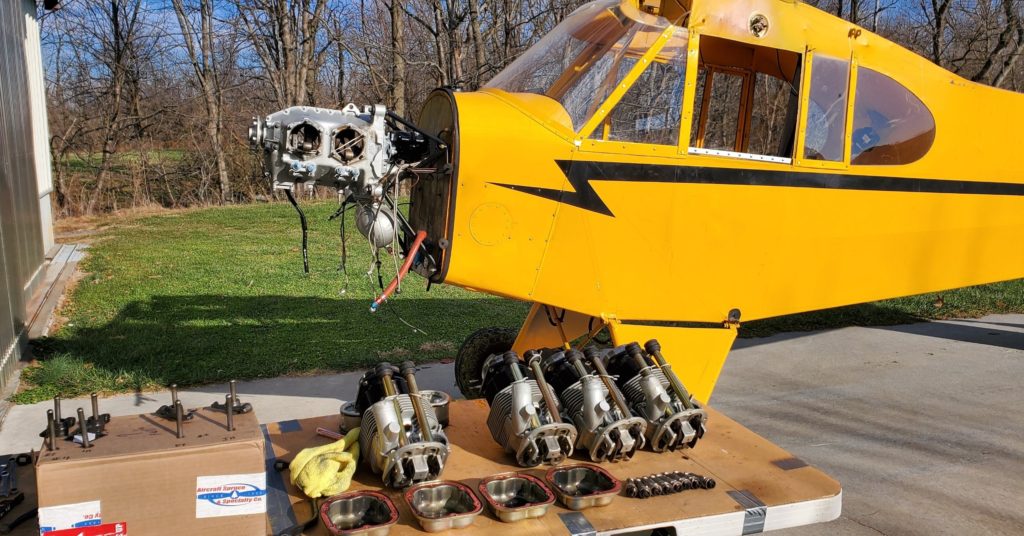
The visit to Bob’s place was fantastic! I came away with some thoughts. Here are two:
- If you have a local aviation friend you’ve wanted to go visit, do it! It will probably make your day, and theirs as well!
- If you have an inactive engine, find a way to preserve it.
Thanks Bob and Donnie, for showing me around… you are both a real inspiration!
Thanks to PilotWorkshops.com for sponsoring this episode.
To check out the book on Airplane Engines, click here.
Also, be sure to sign up for the “Tip of the Week.” It’s free and really practical.
Here’s a new service I’m offering:
Evaluation of borescope pictures:
4 cylinder engine: $50
6 cylinder engine: $70
Twin engine: $100
- Click here to make a payment.
- Send me an email with your borescope pictures attached. (dean{at}airplaneownermaintenance{dot}com.
- Within two days, I’ll send you a typed document with evaluations of all the pictures.
- If you have questions, shoot me an email!
God bless you my friends, and Merry Christmas to you all!
The post “164 – Airplanes, Motorcycles, and Bob’s Grass Runway” appeared first at AirplaneOwnerMaintenance.com






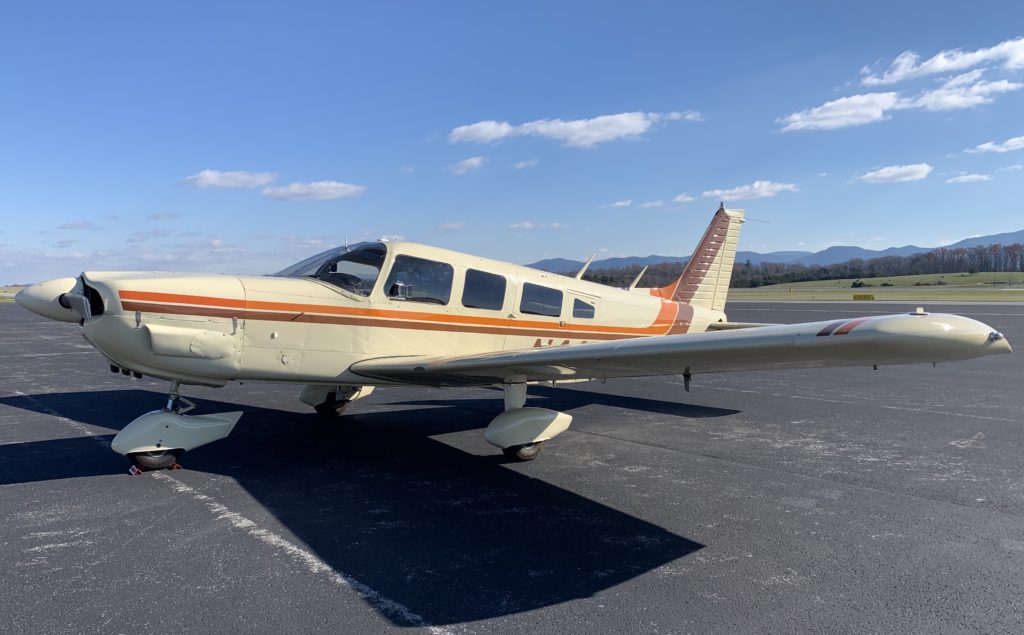








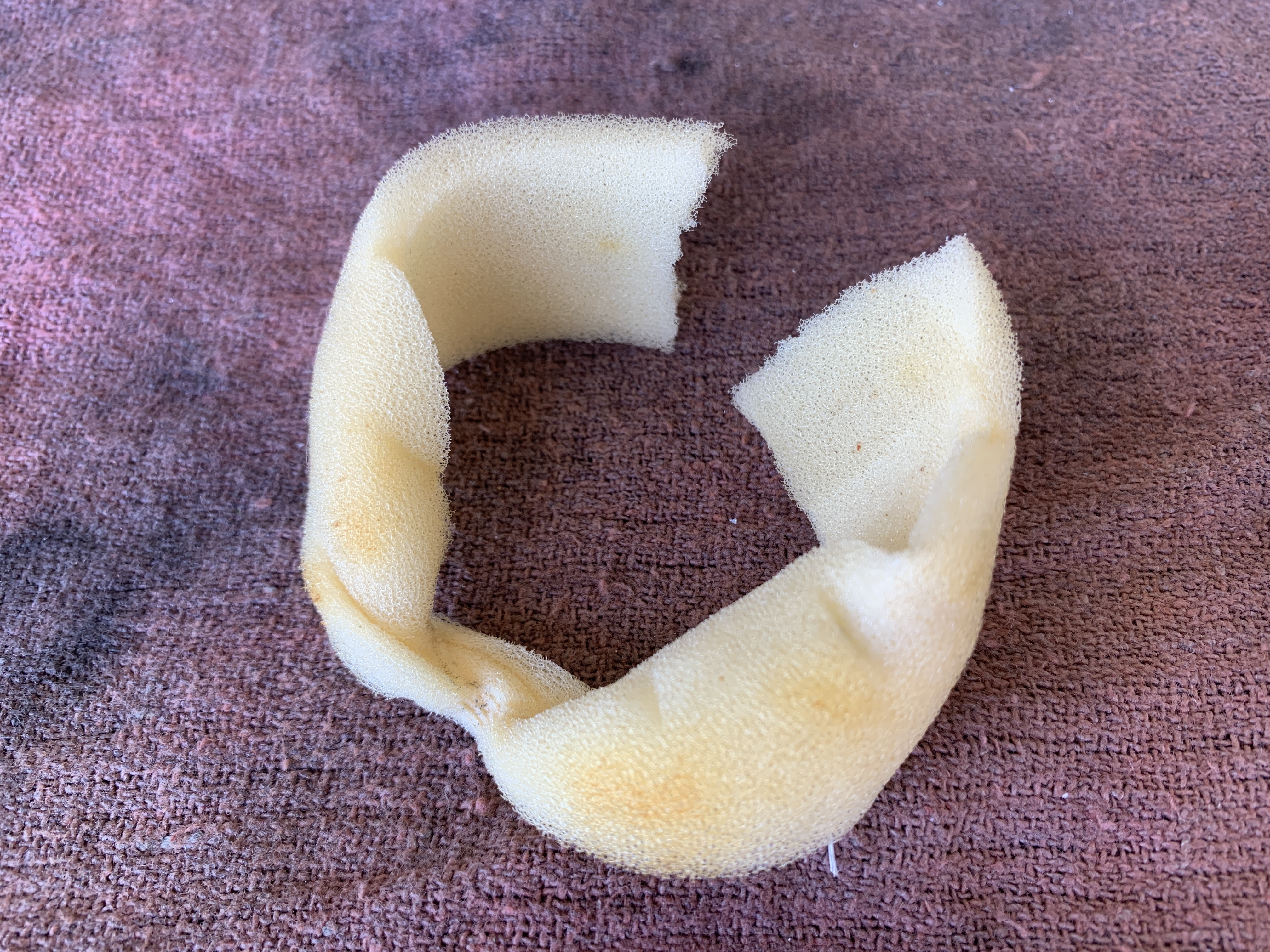


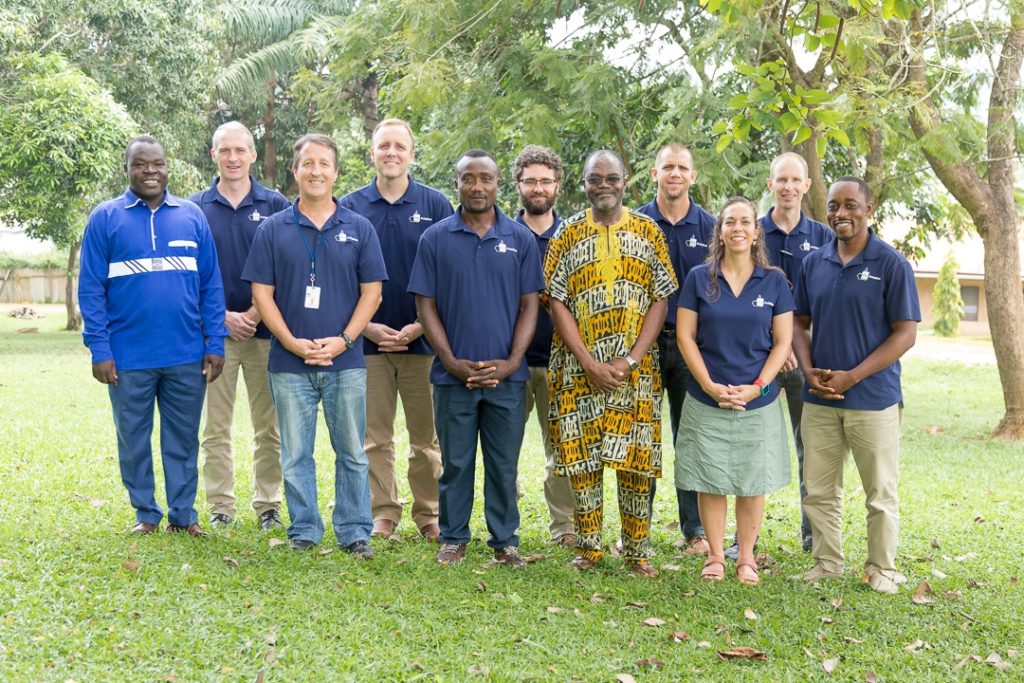


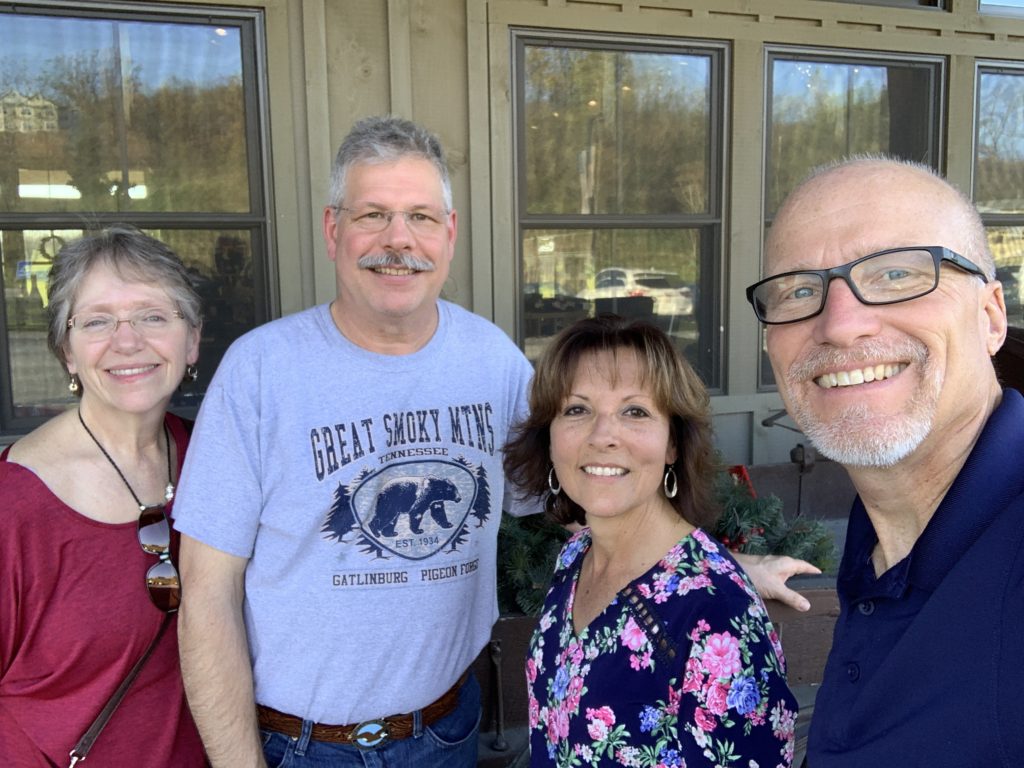



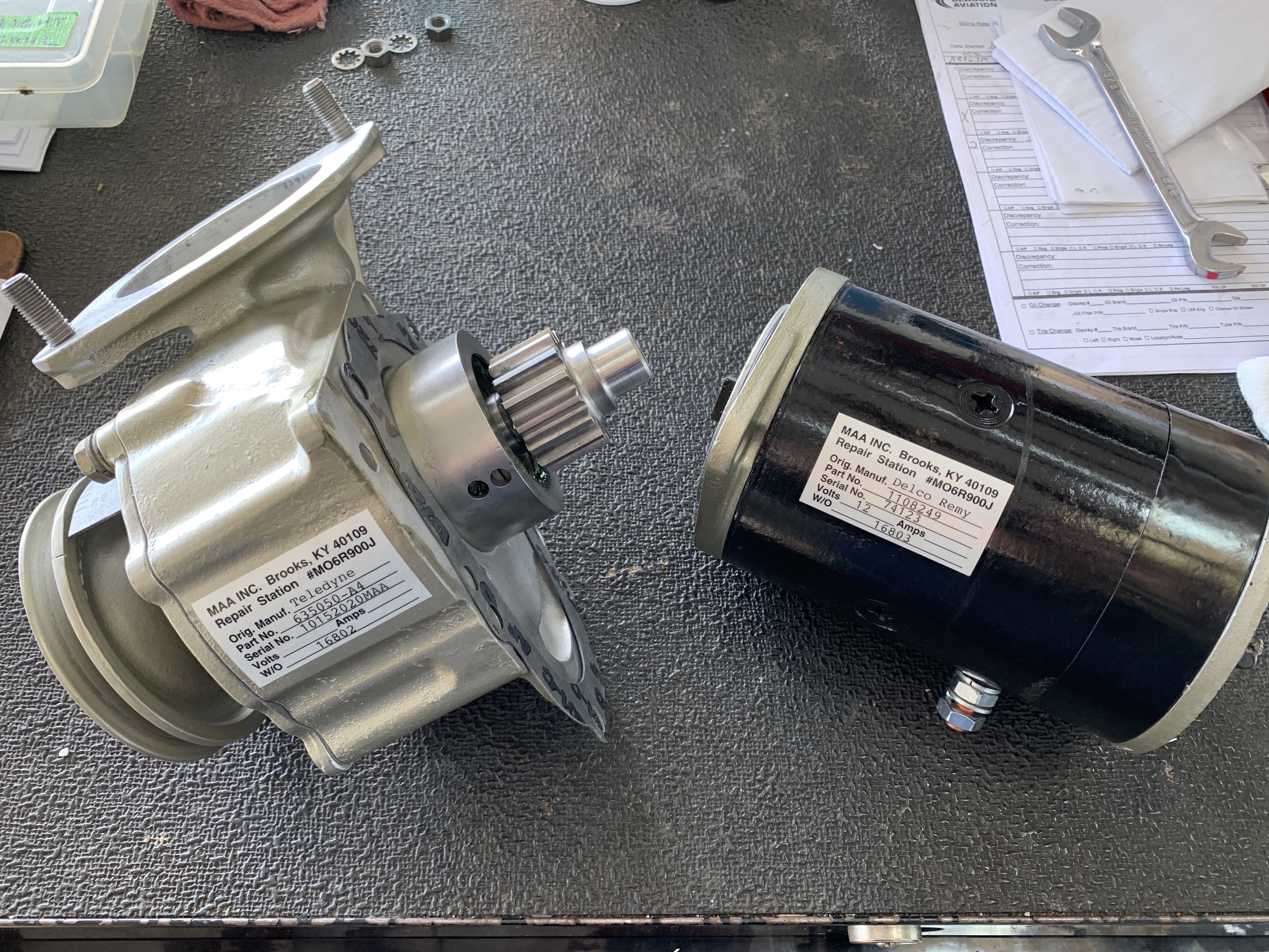










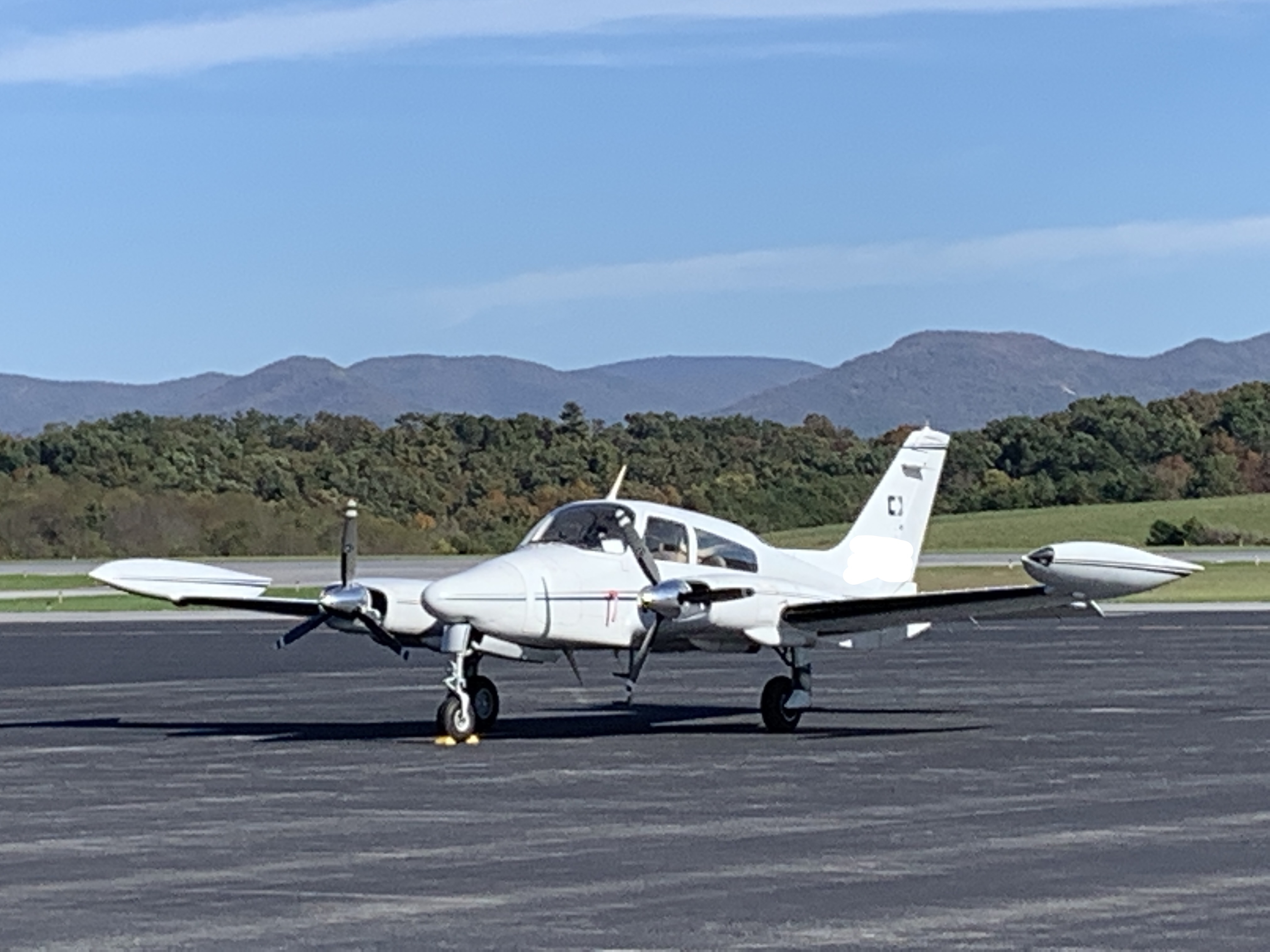

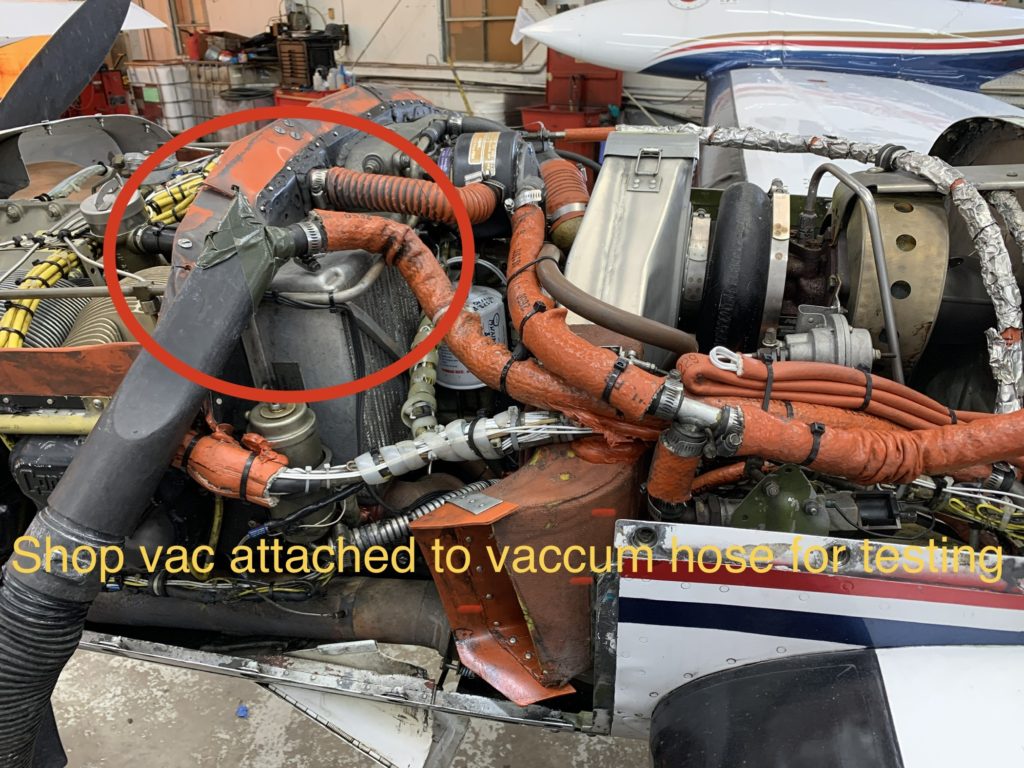




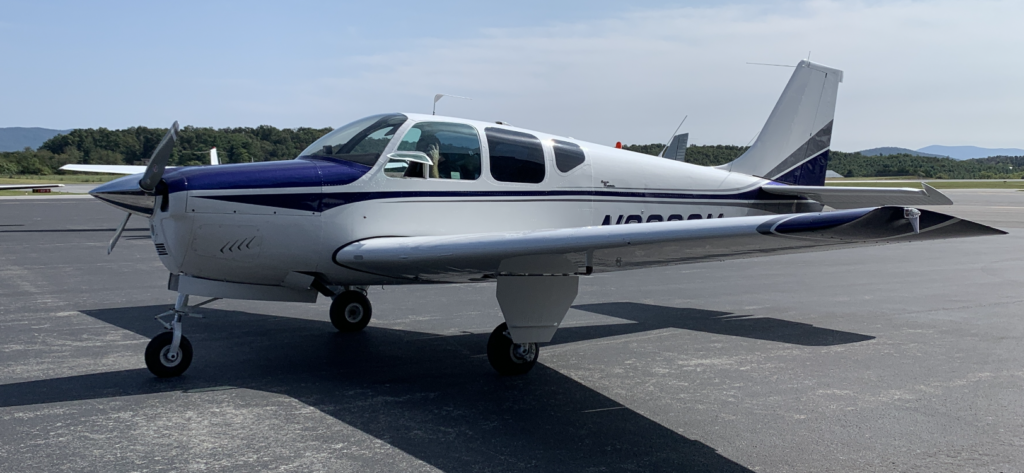


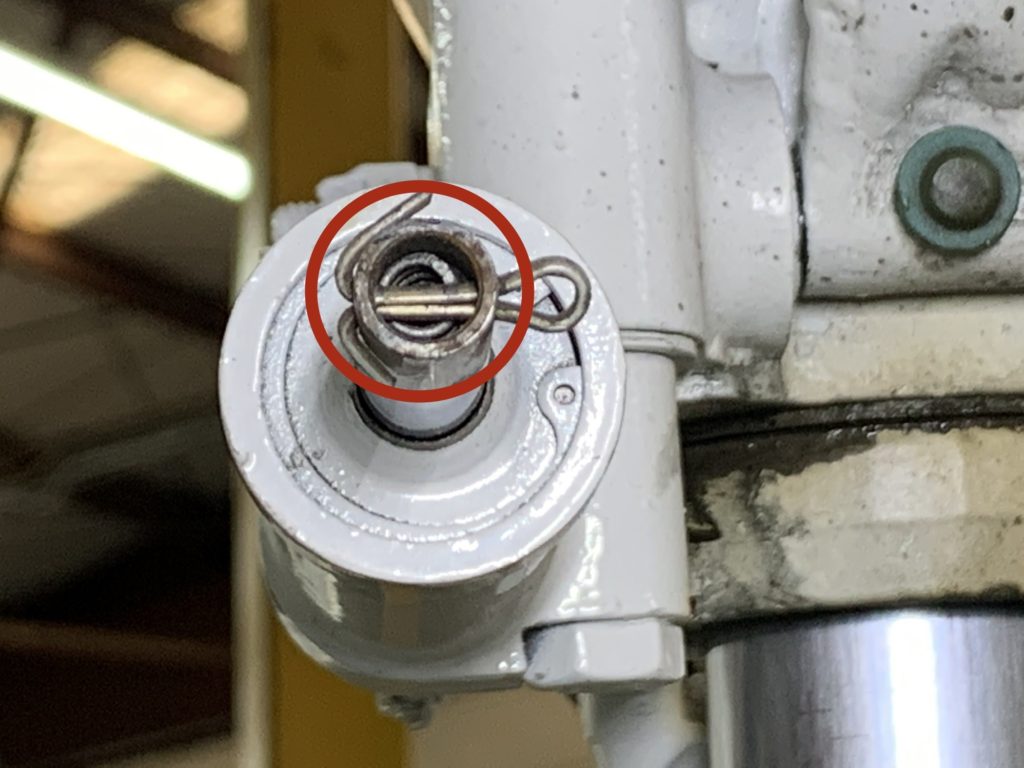


Recent Comments